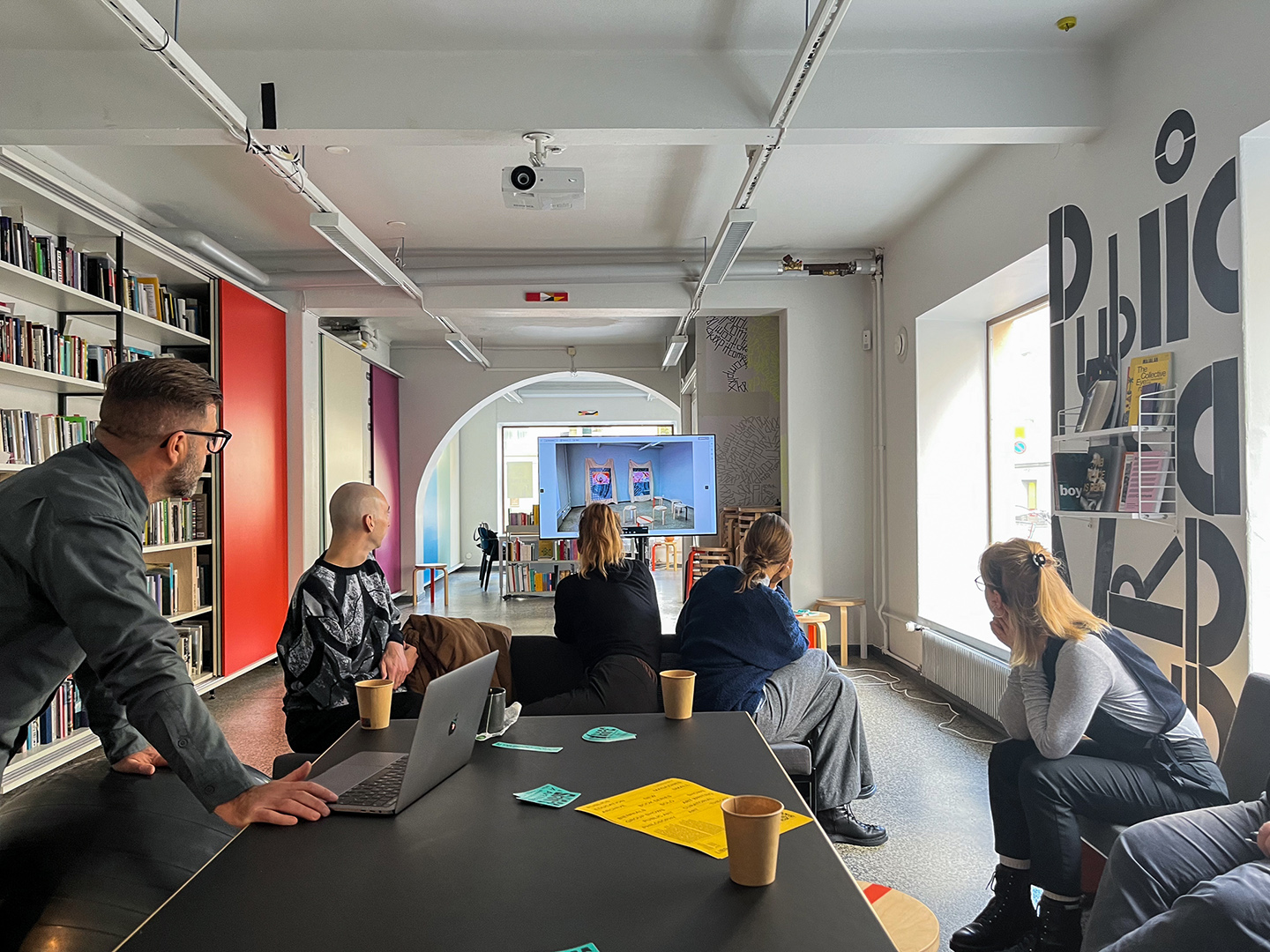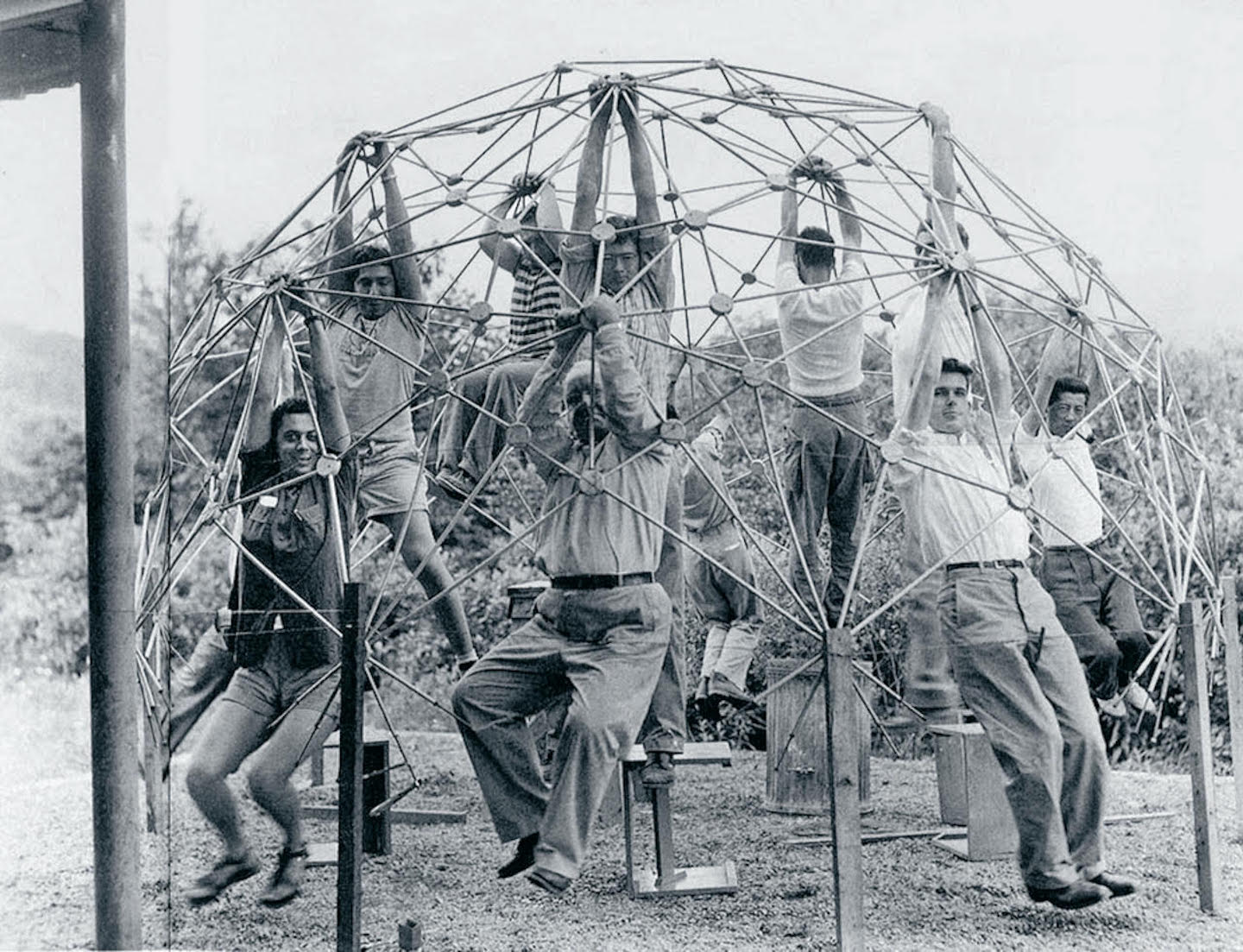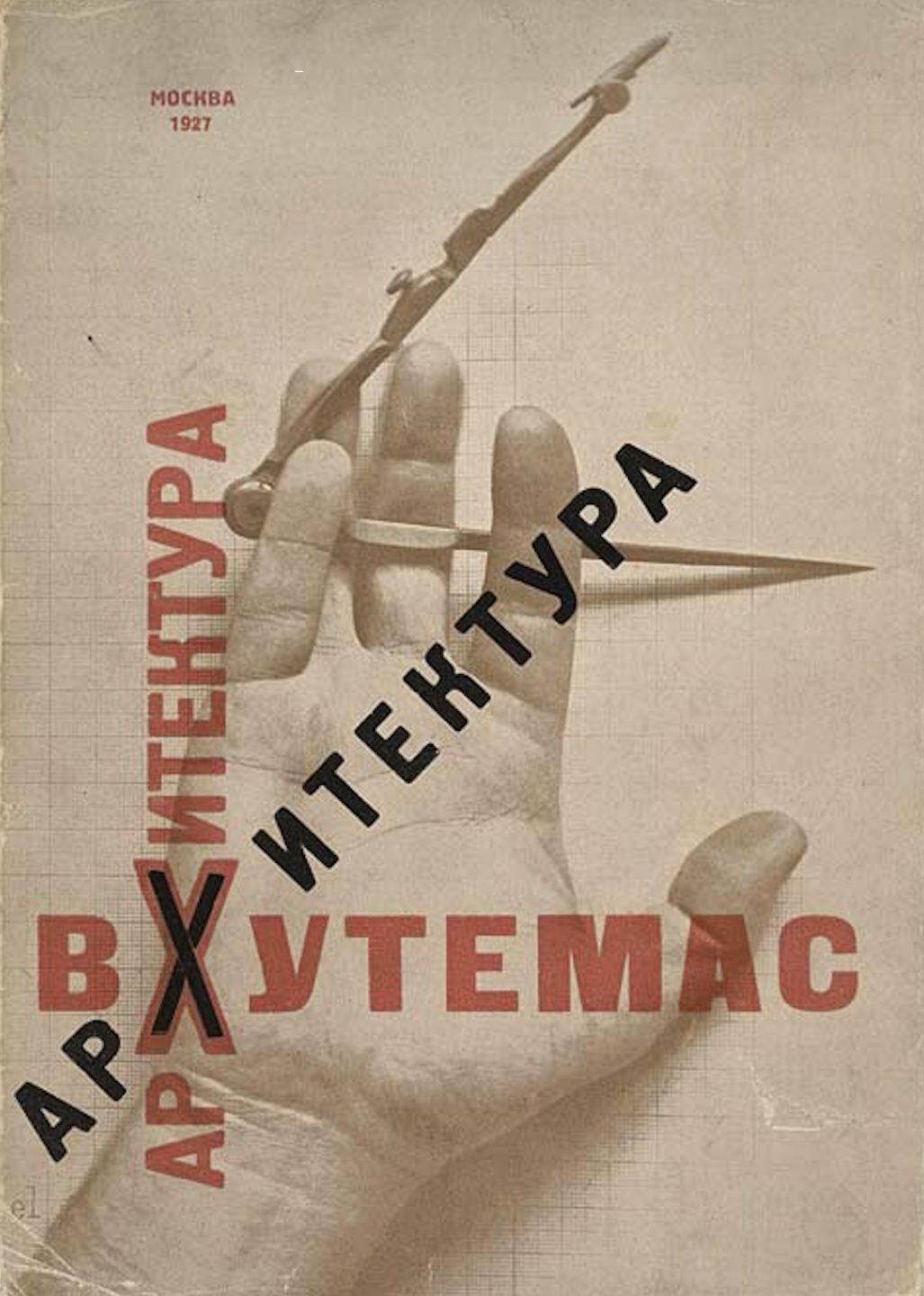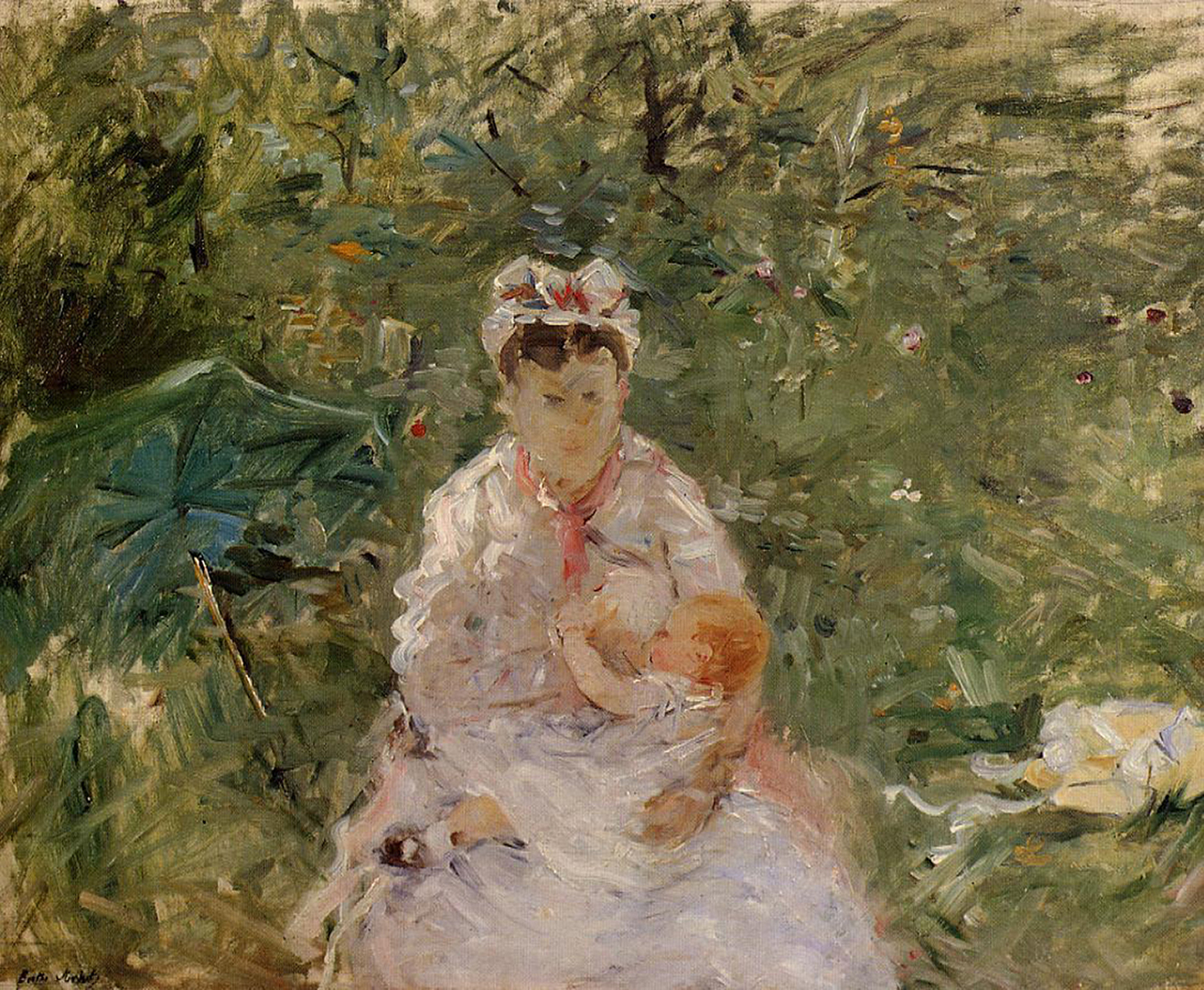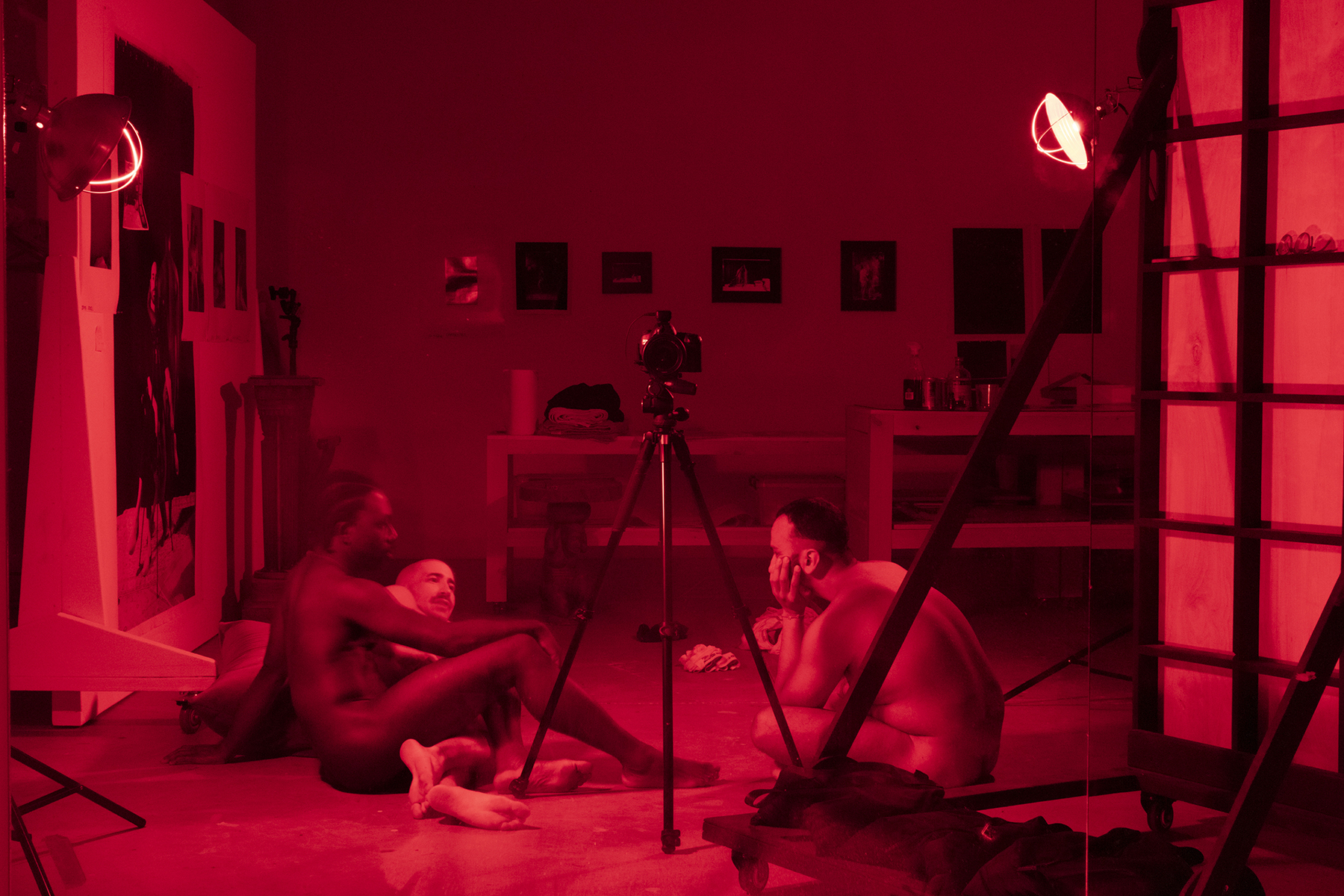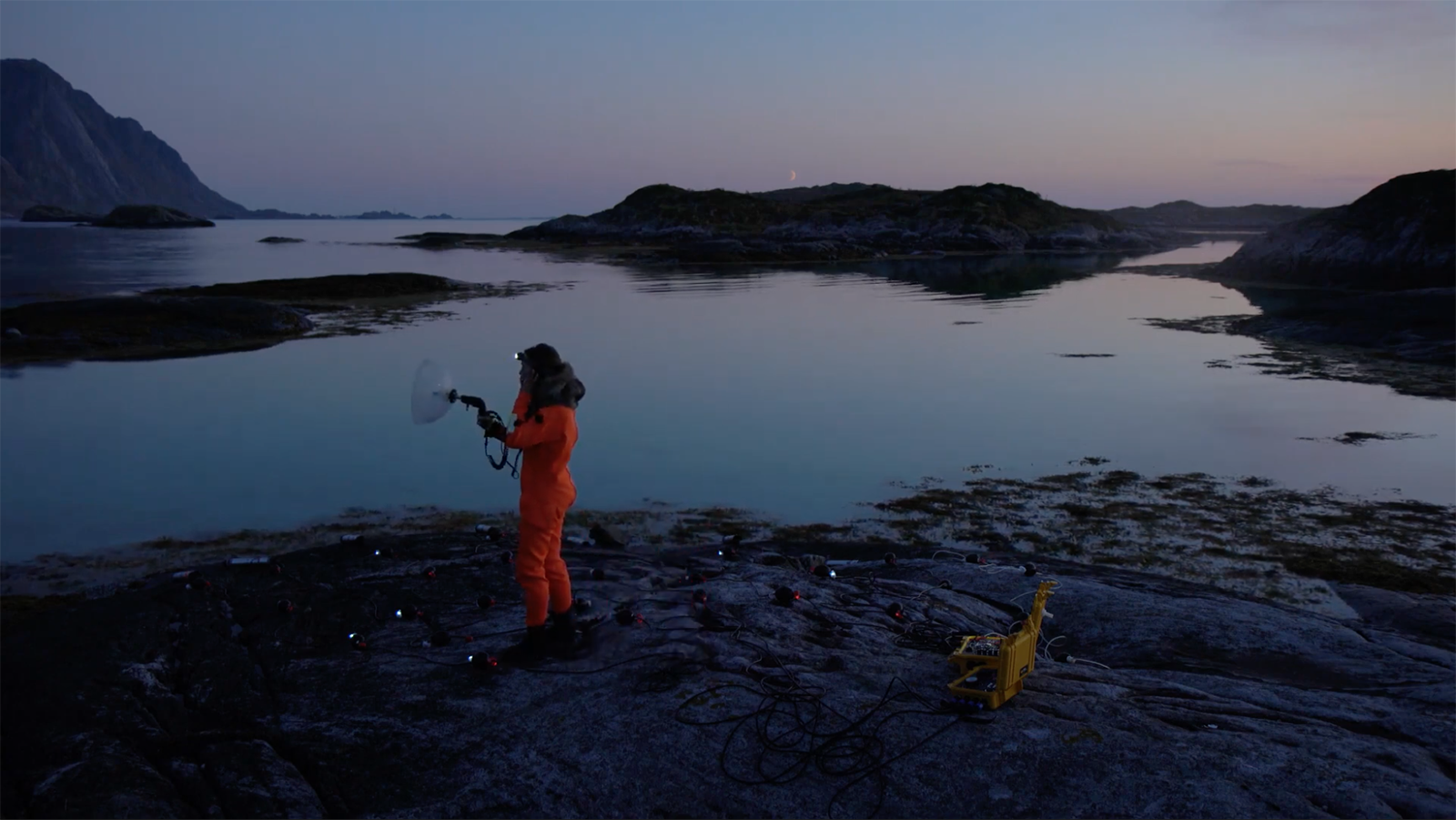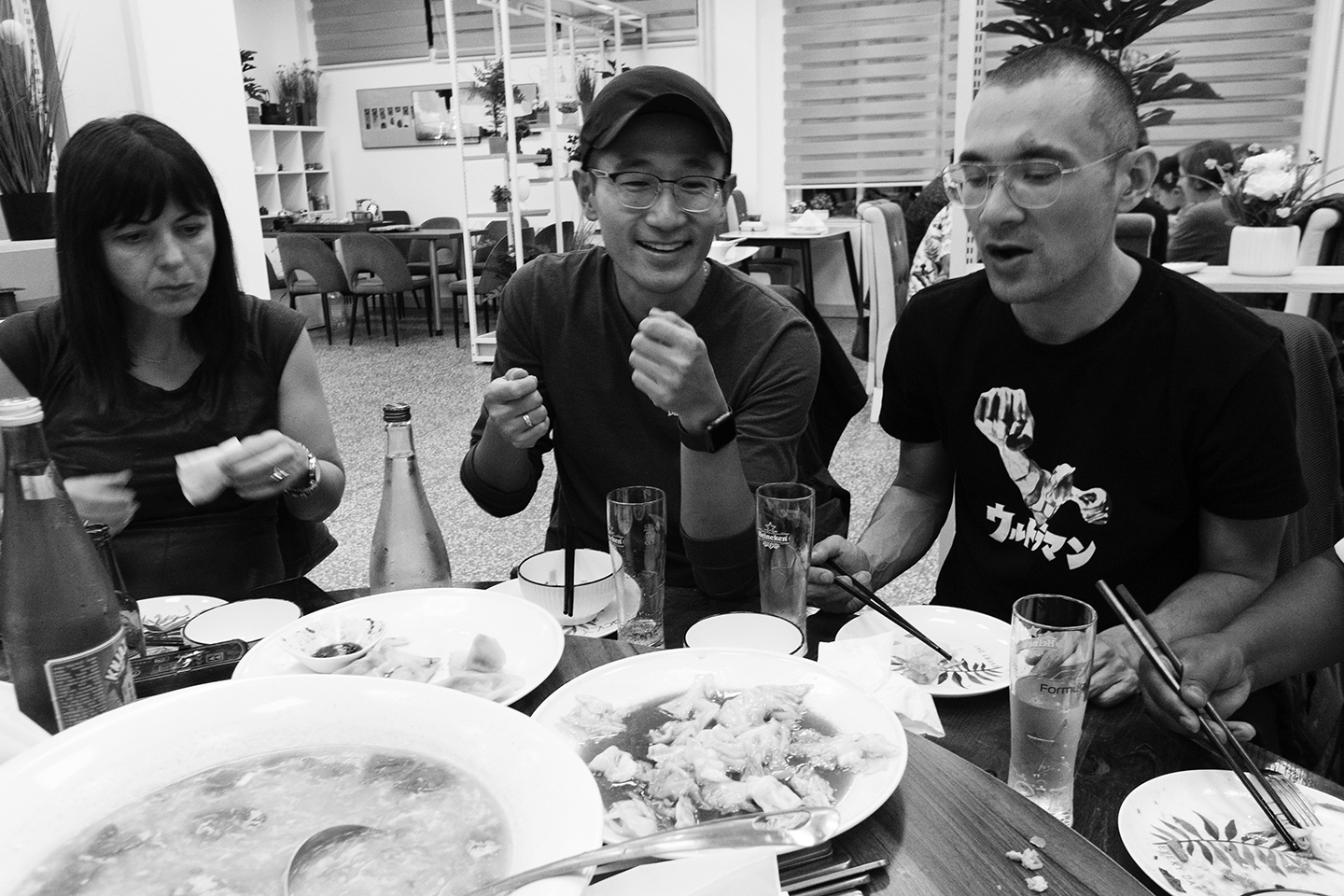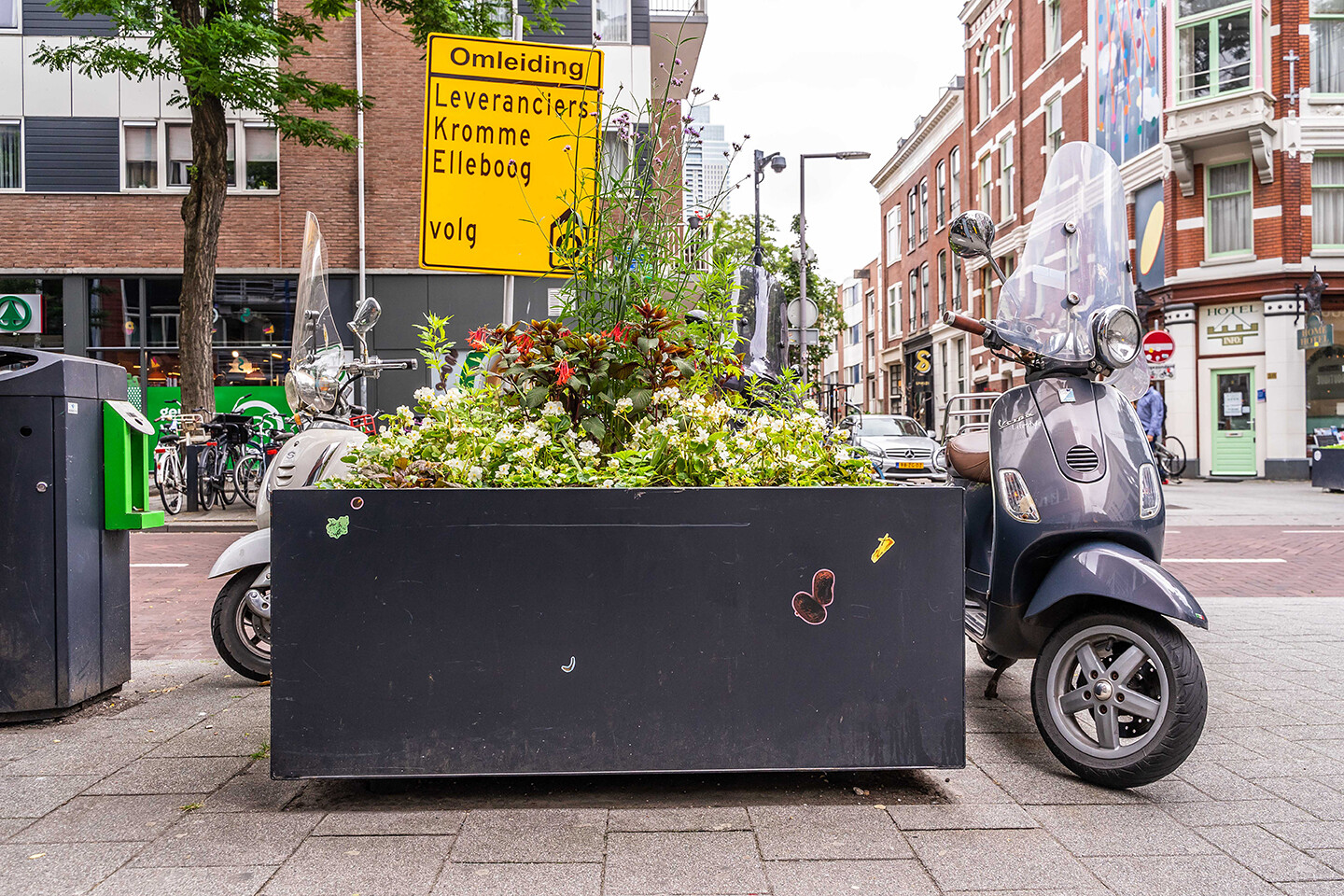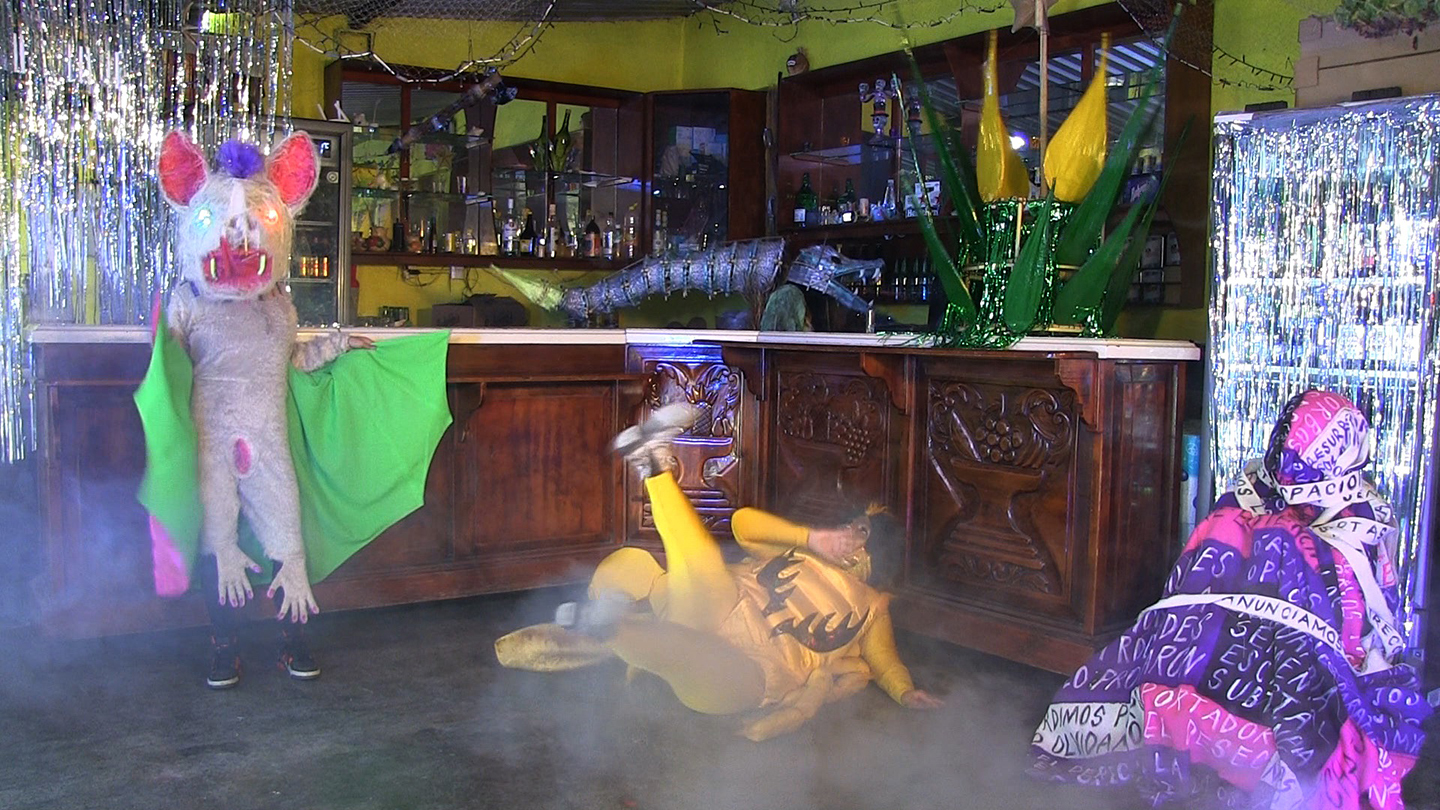Publicness as Practice: “Commissioning and Curating Contemporary Public Art” at HDK-Valand Academy of Art and Design
by Catherin Schöberl
In the essay “Does it ever end?,” Leonardo Custódio, an Afro-Brazilian educator and activist researcher, asks of reforming the academy, “Is this solidarity? Is this collaboration? Is it support? Charity? Are these acts to feel good about myself?” Custódio’s text fell into my hands at the end of a year of exchanges on “publicness,” and though it is largely concerned with activism and academia, his essay poses questions that are also relevant to contemporary discourses on public art. “Publicness” is a conflicted term, one that refers to “a field of problems, tensions, and contradictions,” as Professor Mick Wilson said it in one such exchange, and yet the term encourages an understanding of problems and permutations inherent to contested ideas like “public art,” “the public sphere,” or “the public.” These terms themselves have undergone numerous historical shifts in meaning and carry distinct and often contradictory connotations. “Public” derives from the Latin term publicus, an adjective which referred to “belonging to the people,” an understanding that was misleading even millennia ago as a portion of Rome’s population was enslaved and thus had no right to ownership nor access to a kind of commons. Similarly, in ancient Greece, public space was reserved for free adult male citizens (dêmos), and slaves, women, and children were limited to the apolitical private realm. Today, a “general public,” one that presumably includes everybody, seems even more of a fiction than a fact. Contemporary discourses have revealed how different groups with common genders, orientations, or ethnicities, for example, are often excluded from public space and how their exclusion from and lack of representation in public art are intrinsically tied to the concept of the public itself.
At present, in public urban spaces of the Global North, representations of historical oppressors and the imperial power structures, colonial value systems, and patriarchal legacies that aided their history-making often remain the most prominent examples of public art. Such works raise questions about the processes that created them and the role of power in producing public art: Who is commemorated, granted space, and made visible? Who decides? What underlying structures determine the conditions under which public art can emerge and be perceived? To tackle these challenges, contemporary public art practices have sought to deploy democratic strategies that are characterized by collaboration, participation, and transparency, and new forms of public art have shifted away from site-specific, permanent monumental structures toward works that create publics themselves and present opportunities to engage as modes of operation. These new works are not made for but with publics and communities, an orientation of relations that Custódio probes in his essay.
Rather than answer these questions directly, the yearlong course “Commissioning and Curating Contemporary Public Art” used them as critical frames of reflection on participants’ own practices and roles in public art, whether as curator, artist, or policymaker.
School Watch presents critical perspectives on art and academia. Featured profiles, surveys, and dialogues consider education in art, curating, and critical theory, as well as the ideas and conditions that influence practice.
